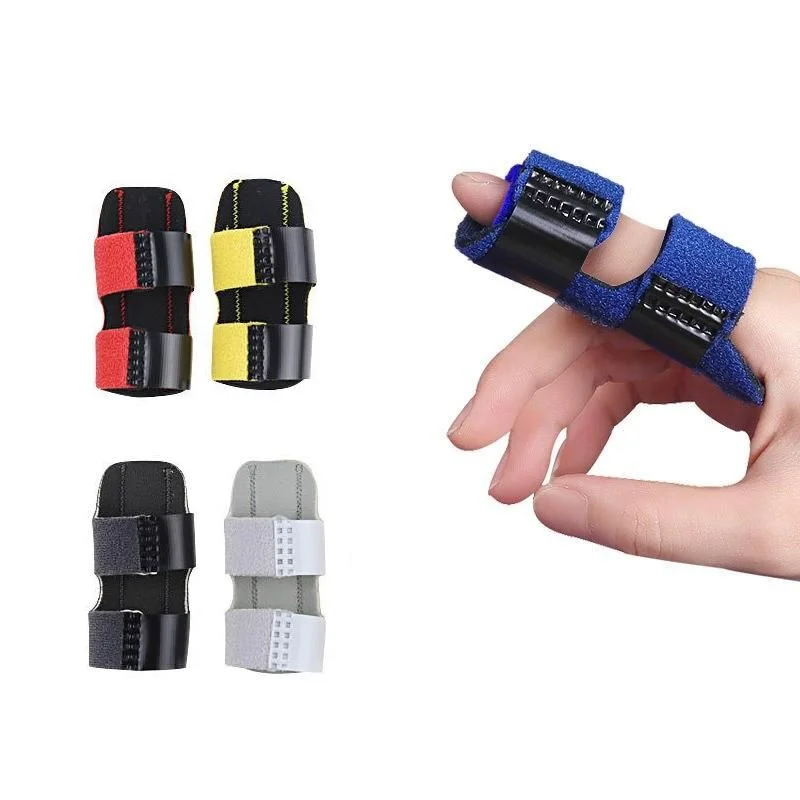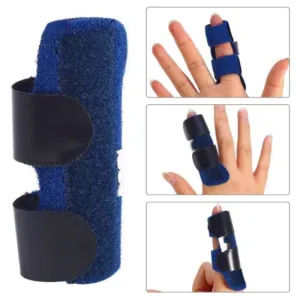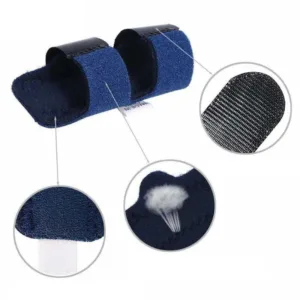Understanding Finger Injuries and Pain
Finger injuries come in various forms, such as ligament injuries, fractures, arthritis or repetitive strain injuries. Each condition brings its own set of issues and symptoms that greatly interfere with daily activities of an individual. Fractures result from direct or accidental impacts to bones in fingers; symptoms generally include pain, swelling and difficulty using affected fingers; while ligament injuries due to sudden twisting or bending movements could lead to discomfort and instability as well as persistent pain that interferes with routine fingers or thumb movements.
Arthritis, in its various forms – osteoarthritis and Rheumatoid arthritis – is an increasingly prevalent medical condition that results in swelling and degeneration of joints, often in fingers. Patients can suffer from swelling, stiffness, chronic pain and could experience difficulty performing everyday tasks such as typing or grasping objects safely. Repetitive strain injuries result from repetitive use and stress on fingers in jobs requiring intensive hand movements; symptoms often include tingling sensations in fingers as well as weakening.
These injuries typically involve an array of neuropathological and nociceptive factors that combine to produce discomfort. Therefore, prompt intervention with multiple treatment options for treating finger injuries is necessary in order to manage symptoms and avoid long-term complications. One effective option for doing so is using an adjustable finger splint by keeping injured fingers away from becoming splinted they provide support and protection which eases pain while encouraging healing while restricting movement they also help restore function thereby speeding recovery timeframe.
What Is an Adjustable Finger Splint?
Benefits of an Adjustable Finger Splint
Flexible finger splints offer support and stability to weak joints and ligaments, helping ensure their proper alignment in order to avoid complications that could come from misalignment, such as persistent pain or reduced function. When worn correctly, such structural support can significantly increase range of motion and function in those suffering chronic pain or post surgery patients.
An adjustable finger splint may help speed recovery time.
Flexible finger splints offer many advantages to people suffering from injuries to their fingers, including relief from pain and protection against injury as well as support during healing and enhanced mobility for daily life. All of these elements contribute to an overall improvement in quality of life for those managing injuries to their fingers.
Use and Care for Your Finger Splint Proper use and care of flexible finger splints are integral to reaping maximum support and pain relief benefits. At first, it is crucial that the splint fits correctly; adjust straps as necessary until they fit comfortably over your finger without restricting blood flow too tightly or restricting it too severely – this ensures maximum support without discomfort or restriction of blood flow. A properly fitted splint will offer you support without creating discomfort or inconvenience.
As part of daily wear
Particularly during activities that could aggravate your condition such as typing and performing manual tasks. Breaks should be given for your fingers in order to prevent stiffness or dependence of the splint; typically this would be up to 6 hours per day however depending on its nature of symptoms – for advice tailored specifically to you contact a medical expert for advice.
This could signal additional medical treatment like physical therapy or changes to your current treatment regimen being necessary – always be wary when managing pain in fingers!
Care and maintenance for flexible finger splints is essential to their long-term use and effectiveness. Cleansing them on a regular basis with mild soap and water will prevent dirt accumulation or germ build-up; make sure that after drying completely that adjustments remain optimal while healing occurs; check back frequently with them so they continue providing support and relieving discomfort as intended. By keeping these guidelines in mind your flexible finger splint will continue to deliver on its purpose of supporting healing while providing relief from pain as intended.





